Horns of Judgement day according to Islamic aqeedah
There are two terms of “Nafha-e Ula” and “Nafha-e Saneeyah” in Islamic aqeedah. Nafha means to blow and these stages represent the phases of the “final hour”.
Actually there is only one “horn of judgement day” but this horn will be blown twice, therefore we’re mentioning it as “horns”
And the Day that the Trumpet will be sounded – then will be smitten with terror those who are in the heavens, and those who are on earth, except such as Allah will please (to exempt): and all shall come to His (Presence) as beings conscious of their lowliness. (Sura An-Naml 27/87)
The Trumpet will (just) be sounded, when all that are in the heavens and on earth will swoon, except such as it will please Allah (to exempt). Then will a second one be sounded, when, behold, they will be standing and looking on! (Sura Az-Zumar 39/68)
These two verses describe the events that will initiate the judgement day. The entire universe’s life will cease to exist upon the firth blow, therefore “Nafha-e Ula” is also called “Nafha-e Sa’aq” which means the “blow of death”. There are discussions about what kind of entities will survive on that phase since Islamic aqeedah firmly indicates “all living things will die” then, including all forms of life. However some scholars argue that the four grand angels, Jibril, Mikail, Azrael and Israfil(r.a) will remain alive to carry out certain tasks on the day of judgement.
Nafha-e Saneeyah is also called Nafha-e Ba’as and Nafha-e Qiyam since Ba’as means resurrection and Qiyam means to “stand up”. Here, qiyam would mean “to stand up from a lying position, out from the graves.”
There are many verses of Holy Quran that describe these events in pictorial details and Islamic Eschatology is very rich when it comes to phases of judgement day. It is very essential for students of Islamic studies to learn about this “Eschatology” to distinguish it from “other mythologies” since there are many authentic hadiths of Prophet Muhammad(sav) that describe the all phases of judgement day. Eschatology means the study of “final chapters of humankind’s history”
There are many “non-Islamic”, man-made sources that try to brain-storm about Eschatology and it’s every Muslims duty to separate these dis-information channels from “Allah(j.j)’s divine warnings about judgement day”
One prime indicator to make such distinction is that “mythology” is more interested in the “graphic details” of the celestial events of judgement day, However Muslims should feel lucky to have a prophet like Rasulullah(saw) who gave many insights to the myriad number of apocalyptic events that will divert mankind off-route before the judgement day.
Usually, a man’s soul enjoys “graphic details of story-telling” more than “ethical warnings”.
Therefore, Muslims should be aware that other forms of Eschatology produces many narrative interpretations of “judgement day”
What is not mentioned, or seldom mention comparatively, Prophet Muhammad(sav) hadiths about the “sign of end times” are the only authentic and abundant source that warns mankind about the events proceeding to judgement day.
We just know about “Nafha-e Ula” and “Nafha-e Saneeyah” as Muslims. There will be two blows of the horn and we’ll stand before “Allah(j.j) one way or another.
Maybe it is this “fear of responsibility” that drives mankind to fabricate many layers of “Eschatology”
However, Islamic aqeedah is simple when it comes of phases of judgement-day, thus every soul can focus on “what they are preparing for that day”, what really matters in fact.



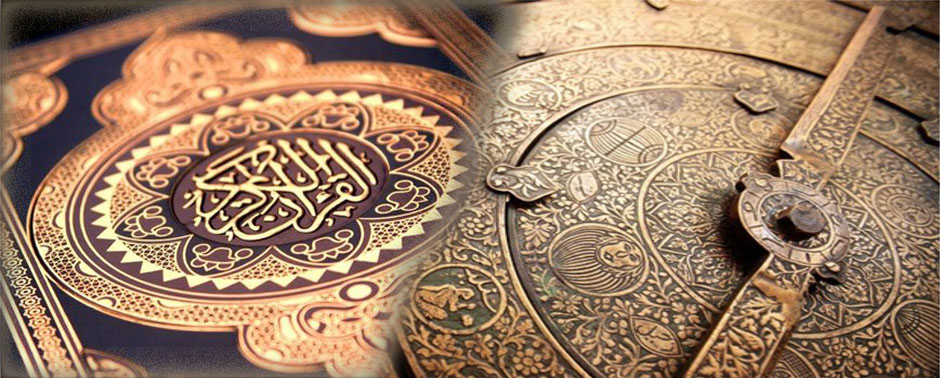
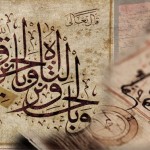
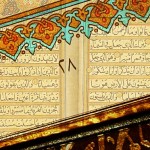

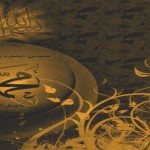
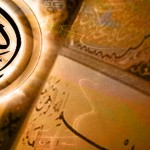
You must be logged in to post a comment Login